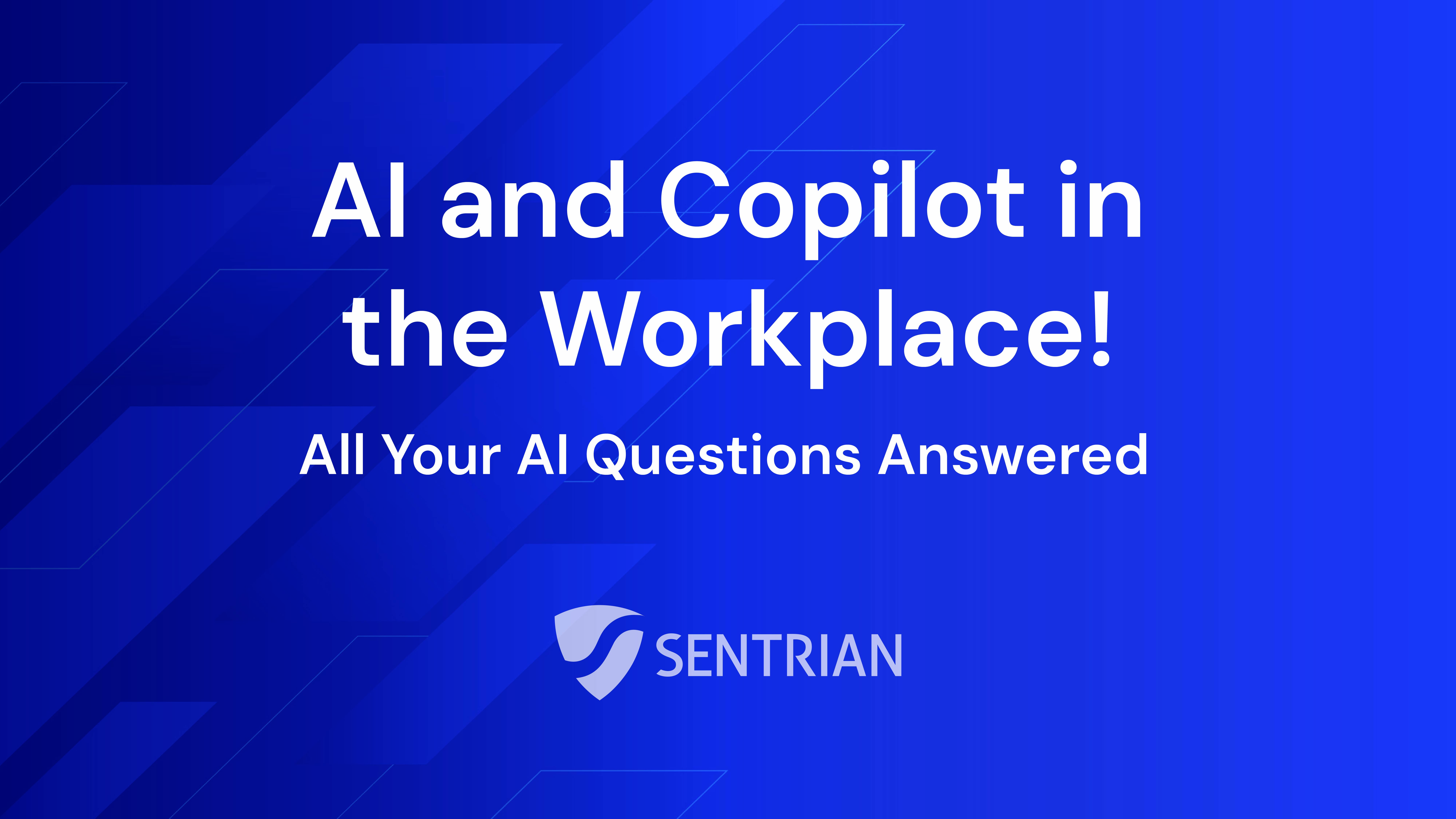Microsoft Office is ubiquitous in workplaces around the world. Despite its one-size-fits-all appearance, the productivity suite can be purchased in a variety of ways. With the release of Office 2016 and the continuing maturity of Office 365, we're at a point where one purchasing route may offer a far better cost-benefit proposition compared to another.
Around two years ago we set out how Office 365 differed from Office Online, now we separate Office 365 from the more traditional Office 2016 suite. Here's our take on ARN's guide to Office's differences.
Product or subscription
There are two primary methods for purchasing Microsoft Office:
- a one-time purchase; or,
- a subscription.
Microsoft Office 2016 is the collective name for the current major release of the Office suite of programs on Windows and macOS, eg. Word, Outlook, Publisher. When purchasing Office 2016, you have rights to the suite from then on, making it a one-time purchase. Office 2016 will be given regular security updates until 2020, however no new features will be added (except for Software Assurance licences, see more below). Like Office 2013 before it, Office 2016 will eventually be replaced by a new major release.
Office 365 is different. It is a subscription service that grants rights to the latest version of Microsoft Office applications, plus other cloud apps and services (varying per subscription type). It includes Office 2016 and any new features or major updates for as long as the subscription is paid. If you stop paying for the subscription, all access rights to Office are revoked.
How you purchase Microsoft Office comes down to a question of going with either an outright purchase or a continuing subscription. Each has it's positives and negatives but it's arguable that Office 365 offers greater features. Plus, the regular feature updates and ongoing support indicate Microsoft's development priority is Office 365.
Microsoft offer a variety of price points and product inclusions for either option, here is a general purchasing decision flow:
1. Office 2016
- Retail > Choose edition (one-time purchase); or,
- Volume licencing > Choose licence type (one-time purchase); and, Add Software Assurance? (two-year licence, renewable).
2. Office 365
- Small Business (less than 300 users) > Choose subscription level; or,
- Enterprise > Choose subscription level.
Office 2016
Available as a one-time purchase, Office 2016 is generally bought as a retail or volume licence.
Retail licences are simple but they lack flexibility. As the name suggests, a retail licence can be picked up in most computer stores. Retail appears to be an obvious choice when a new computer is being purchased and Office is needed fast. But retail copies can end up being more of a burden than a benefit in the long-term because of how businesses now use Microsoft Office. If an employee has more than one device, they'll need a licence for each device. If they use an iPad or Tablet, they won't be able to use the Office apps with suitable cloud features. Plus, only the current Office suite is available, there are no rights to previous versions of Office, eg. Office 2013. This option may be easy, but it's arguable the value is lacking compared to the other options available.
Volume licensing is preferred by those wishing to stick with traditional licensing but with more rights to the software. Particularly, the right to use Office 2016 via a Remote Desktop Server. Also unlike retail licences, volume licensing allows businesses to run the previous version of the Office suite, eg. Office 2013. This is beneficial in cases where there are compatibility issues with the latest edition but a business requires additional new licences.
Volume licensing is more complex than retail licensing. There are many variations and combinations. Open licence is the standard licence we typically offer. Open licences are one-time purchases which are entitled to security updates going forward. However they can have an additional licence add-on called Software Assurance.
Software Assurance is a two-year renewable licence which allows the volume licensed software to receive future feature updates. Additionally, Software Assurance allows end users to participate in the Home Use Program, allowing Office to be installed on an additional PC or Mac at their home for a significantly reduced price ($15 at the time of publication).
As the name suggests, volume licensing is generally purchased in bulk. An initial order requires a minimum of five licences, which make up a Microsoft agreement. Additional licences can be added to this agreement over time, so long as a total of five licences have been purchased in the previous 24 months. This can be appealing for businesses who regularly have staff entering and exiting the business, but still want to have a consistent Office set-up.
- Pros - Downgrade rights, licence is transferable to new devices, home PC has same version
- Cons - Higher up-front cost, non-software assurance licences do not include future feature updates, retail edition is restrictive in usage rights, retail does not have upgrade rights.
Office 365
Office 365 is a clear priority for Microsoft. It is regularly being updated, as seen on the Office 365 for Business blog, and is feature-rich. Office 365 is charged on a per user basis, a contrast to the per device basis for traditional licensing. However instead of a large upfront cost, it is billed monthly or annually (usually with a discount for this option).
Most Office 365 subscriptions include Office 2016, but it always has the latest features. These features are typically released in twice-a-year bundles for stability purposes, though some subscribers can "preview" new features earlier. Furthermore, subscribers also have access to various cloud and other services, including Exchange Online, OneDrive, Skype for Business and fully featured mobile apps on iOS and Android. These vary depending on the subscription level, Small Business or Enterprise.
The subscription model also changes the licensing dynamic going forward. Each user licence covers 5 phones, 5 tablets, and 5 PCs or Macs; reducing the burden of licence maintenance. Office 365 also provides stability of pricing, a known cost every month.
- Pros - Simple & predictable licensing model, scalable user-based subscription, always up-to-date, up-front cost is only the monthly subscription.
- Cons - Potentially higher long-term costs if upgrades are not used, no software rights if subscription is cancelled.
Making a choice
As you can see, Microsoft offers a variety of licensing pathways. Office 365 is certainly the complete product with many happy customers, but some prefer to stay with more traditional licensing.
Going forward, as employees increasingly use more than one device, in and out of the office, Office 365 will grow as an appealing and cost-effective solution.
Keeping an eye on the future, Microsoft have recently announced Microsoft 365. It includes both Windows and Office 365 licensing rights. Possibly an attractive option for businesses looking for something both simple and feature complete.
If you'd like to hear about Office 365 and whether it may benefit your business, please contact your Sentrian Client Services Manager.







